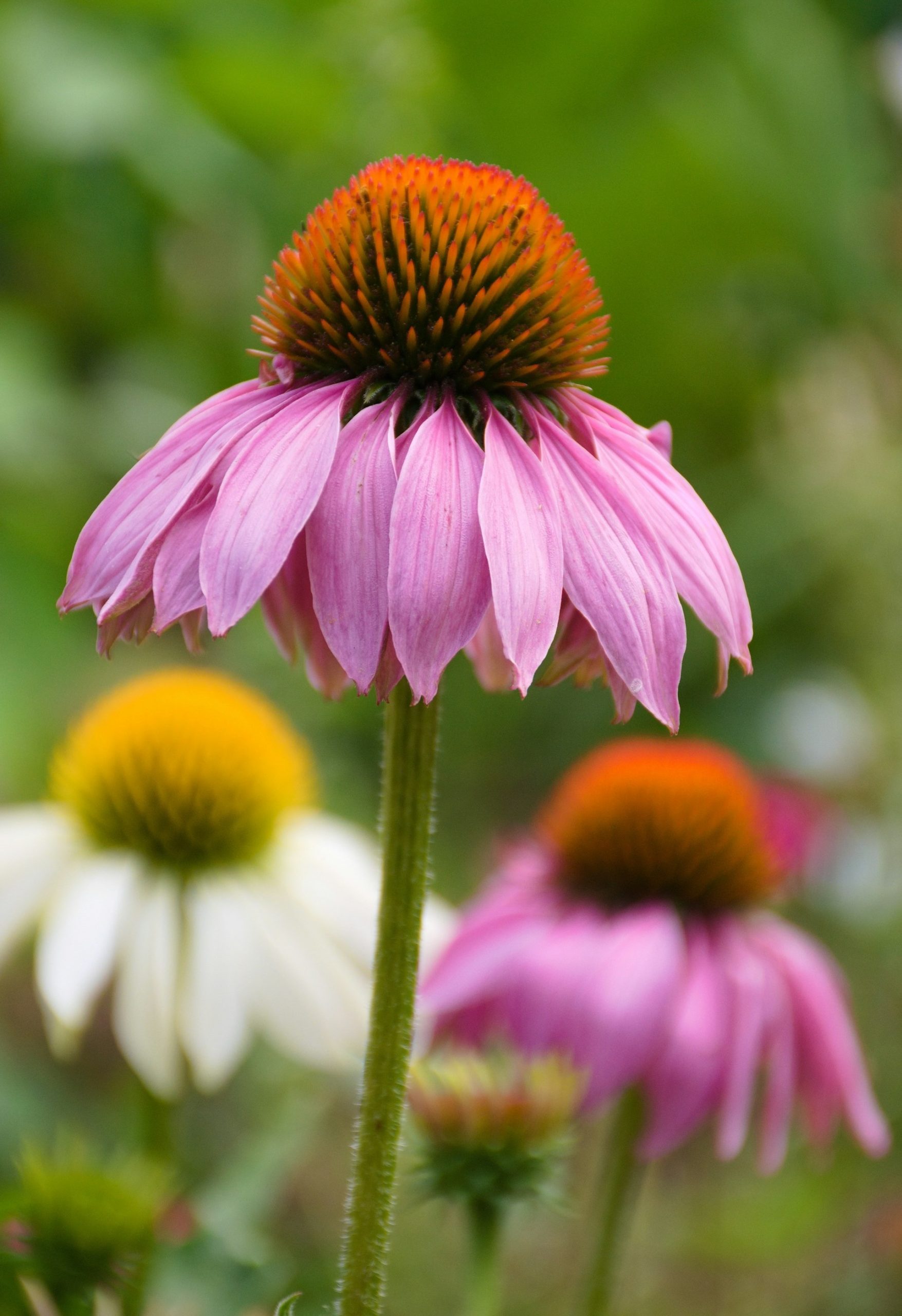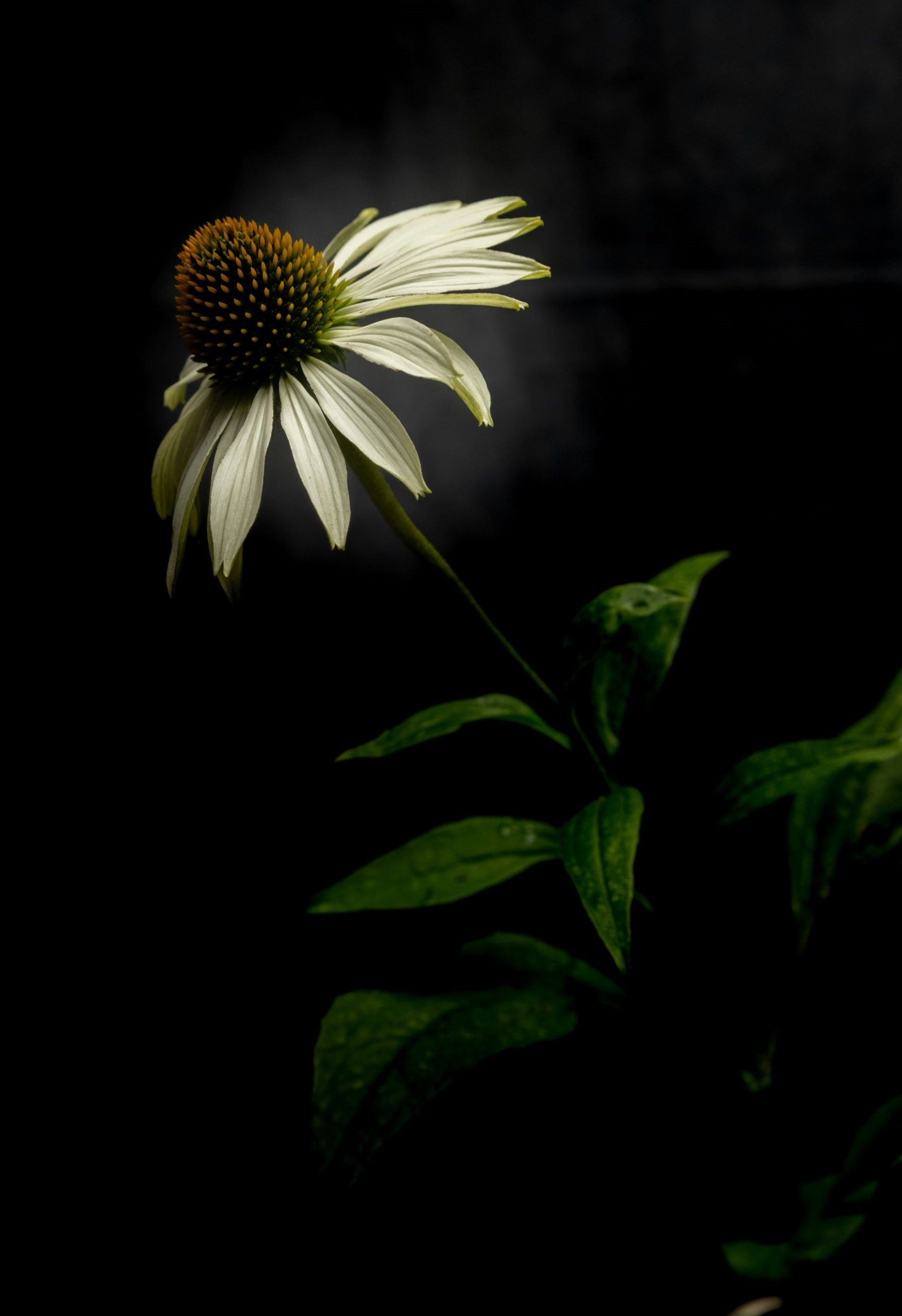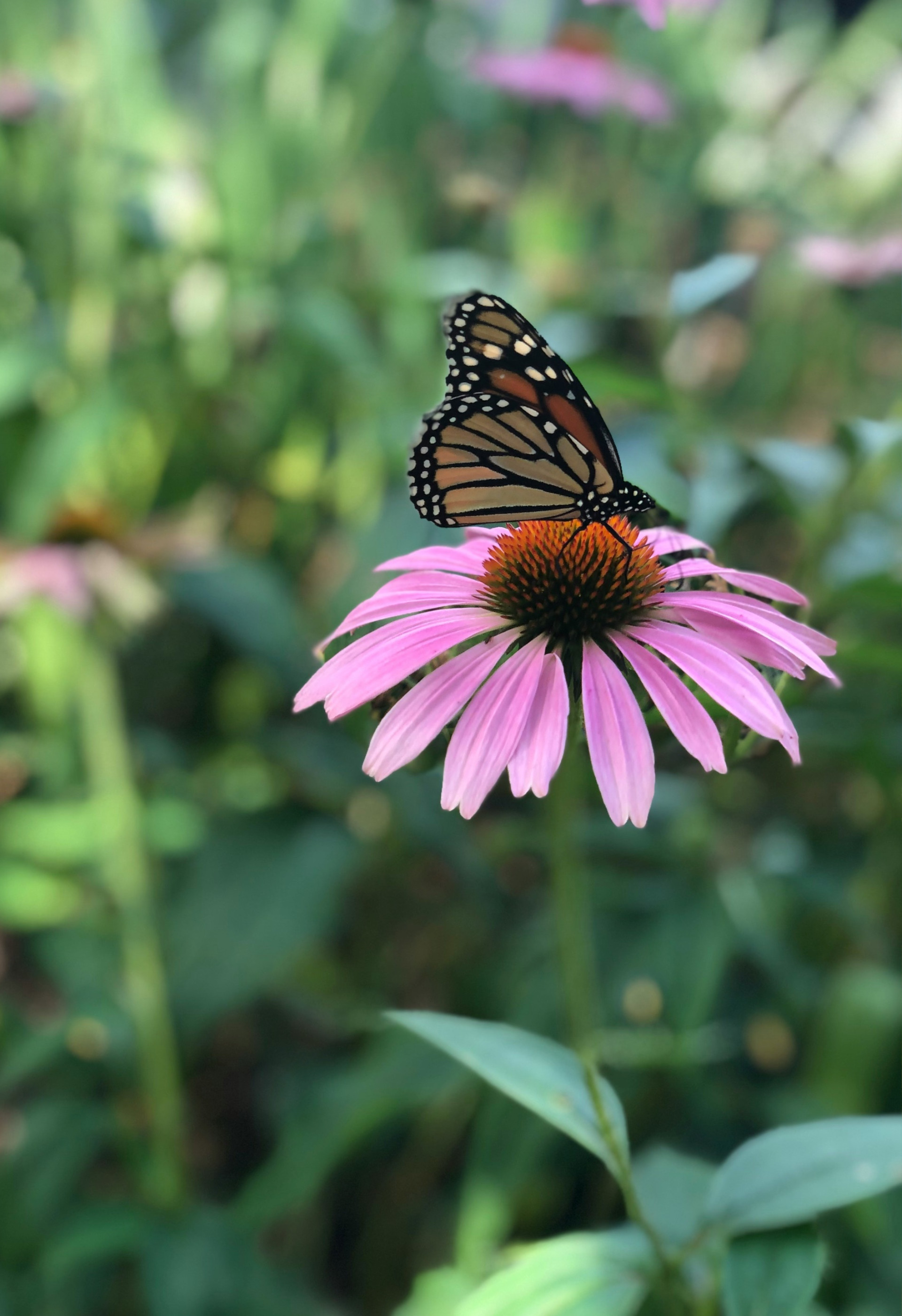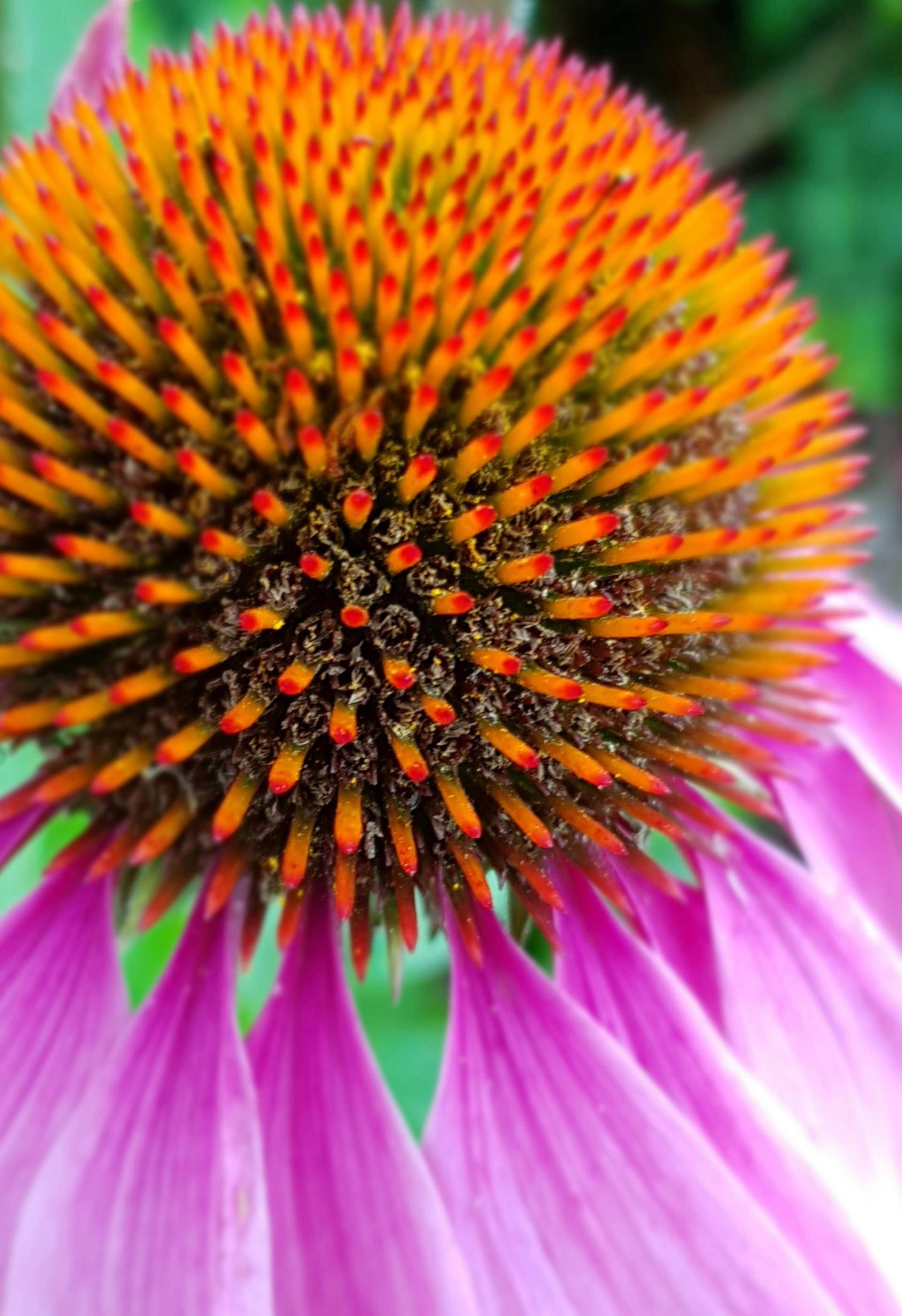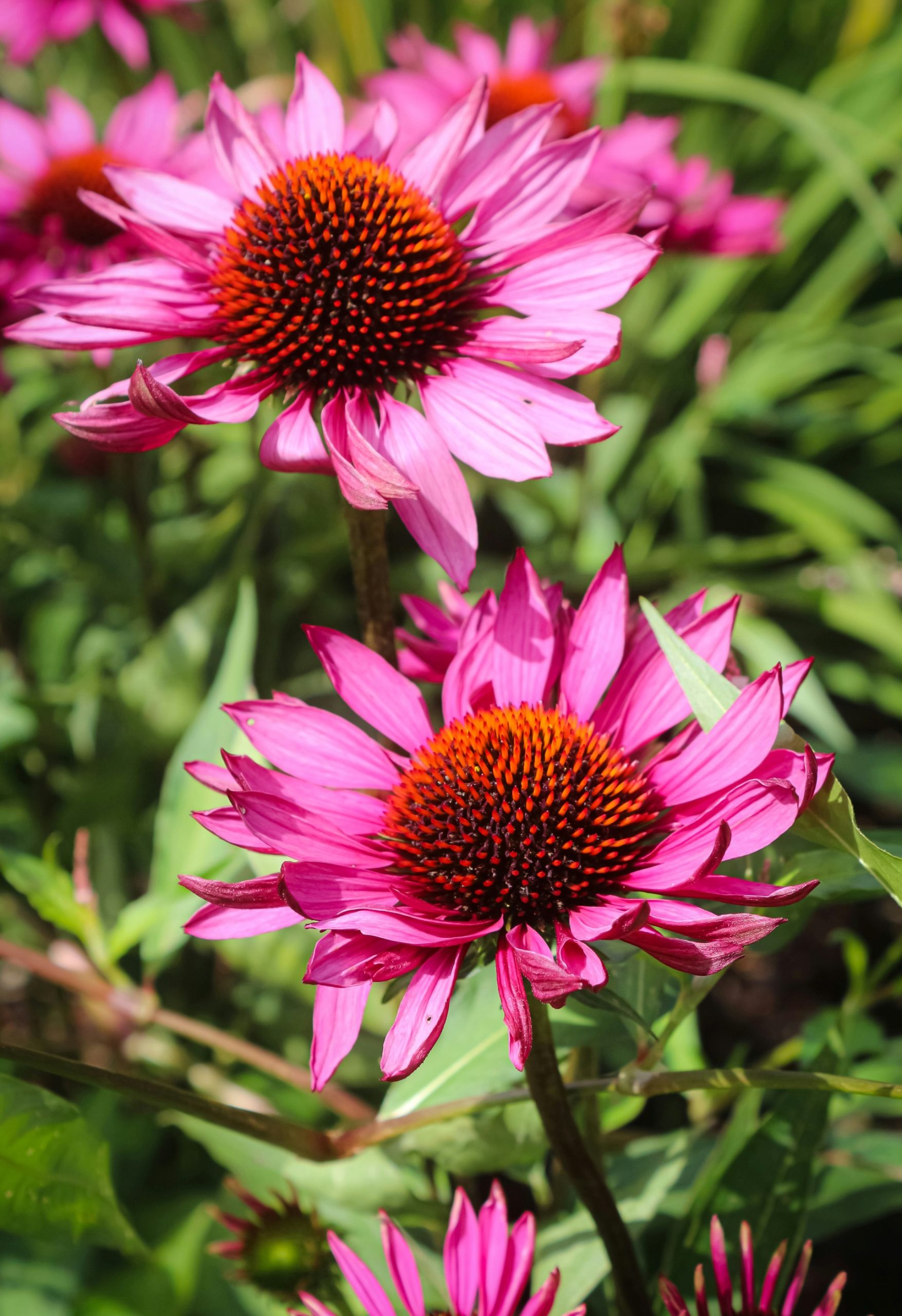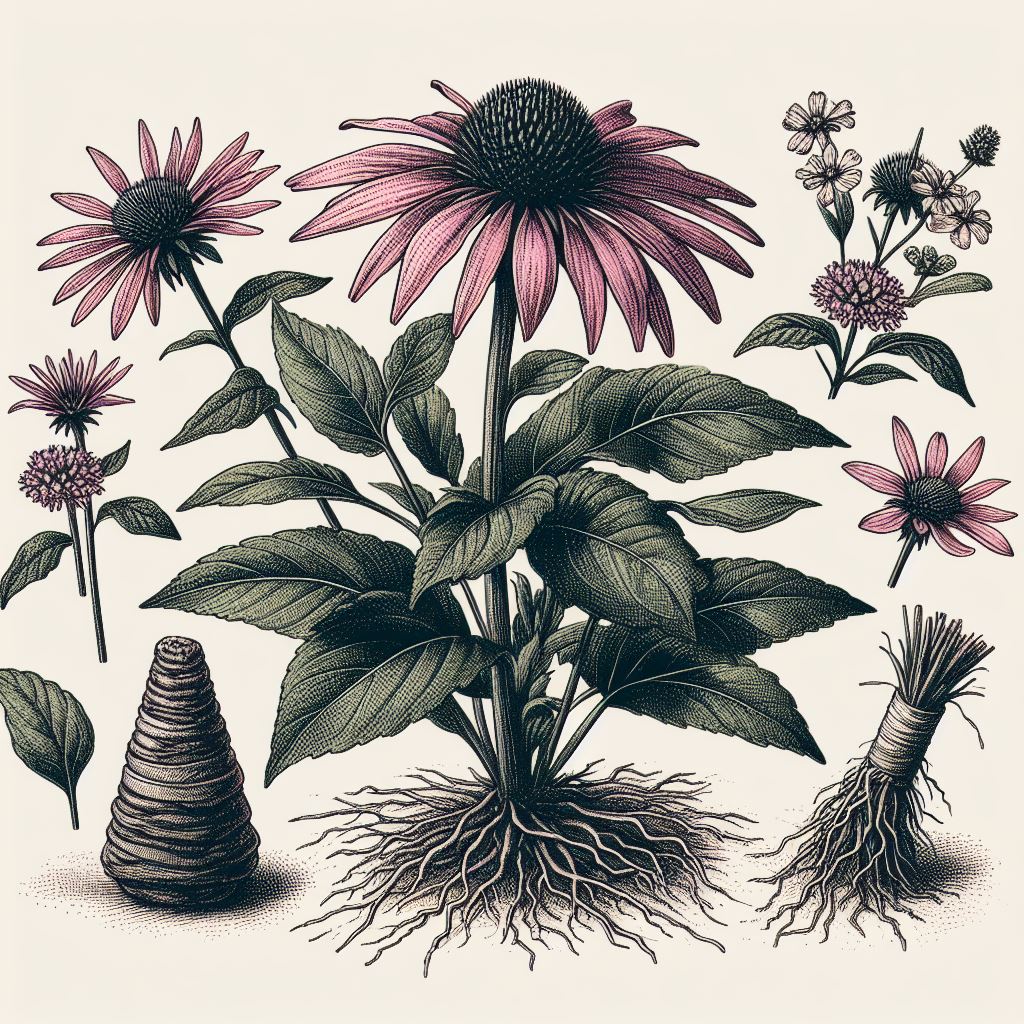
MEDIPLANT | Exploring the Healing Power of Echinacea (Echinacea purpurea)
Introduction:
Echinacea, a genus of herbaceous flowering plants in the daisy family (Asteraceae), has long been revered for its remarkable medicinal properties. Among its species, Echinacea purpurea stands out as one of the most widely studied and utilized varieties. Commonly known as purple coneflower, Echinacea purpurea is native to eastern and central North America and is celebrated for its immune-boosting capabilities and diverse health benefits.
Botanical Description:
Echinacea purpurea is a perennial herb characterized by its stunning pink to purple flowers with prominent spiky centers. Growing up to three feet tall, this herb boasts lance-shaped leaves and sturdy stems, adorned with vibrant blossoms that attract pollinators like bees and butterflies. Echinacea purpurea thrives in well-drained soil and is often found in prairies, meadows, and open woodlands across its native range.
Traditional Uses:
Indigenous peoples of North America, including various Native American tribes, have long revered Echinacea purpurea for its medicinal properties. Traditionally, it was used to treat a wide range of ailments, including infections, wounds, and snakebites. Native Americans brewed the roots and leaves into teas or poultices for topical application and consumed them to support overall wellness.
Medicinal Properties:
Modern research has validated many of the traditional uses of Echinacea purpurea, shedding light on its potent medicinal properties. The herb is renowned for its immune-stimulating effects, thanks to its rich content of bioactive compounds, including polysaccharides, alkamides, and flavonoids. Echinacea purpurea is believed to enhance the activity of immune cells, such as macrophages and natural killer cells, thereby bolstering the body’s defense mechanisms against infections.
Health Benefits:
Echinacea purpurea is widely used to prevent and alleviate symptoms of the common cold, flu, and other respiratory infections. Studies suggest that regular supplementation with Echinacea extract may reduce the severity and duration of cold symptoms, including cough, congestion, and sore throat. Additionally, this herb is valued for its anti-inflammatory, antioxidant, and antimicrobial properties, which contribute to its broad spectrum of health benefits.
Echinacea purpurea contains a variety of chemical compounds that contribute to its medicinal properties. Here are some of the key chemical elements found in Echinacea purpurea:
- Alkamides: These are fatty acid derivatives with immunomodulatory and anti-inflammatory properties. Alkamides, such as echinacoside and echinacein, are believed to contribute to Echinacea’s immune-stimulating effects.
- Polysaccharides: Echinacea purpurea contains polysaccharides, including arabinogalactans and heteroxylans, which have been shown to modulate immune function and exhibit antioxidant activity.
- Flavonoids: Flavonoids are plant pigments with antioxidant and anti-inflammatory properties. Echinacea purpurea contains various flavonoids, including quercetin, kaempferol, and rutin, which contribute to its overall health benefits.
- Essential Oils: Echinacea purpurea contains volatile oils, such as caryophyllene and humulene, which contribute to its aromatic properties and may have antimicrobial and anti-inflammatory effects.
- Polyacetylenes: These are organic compounds found in Echinacea purpurea, known for their antibacterial and antifungal properties.
- Phenolic Compounds: Echinacea purpurea contains phenolic compounds, such as caffeic acid derivatives and chicoric acid, which have antioxidant and anti-inflammatory properties.
- Glycoproteins: Echinacea purpurea contains glycoproteins, which may contribute to its immunomodulatory effects and ability to stimulate the activity of immune cells.
- Vitamins and Minerals: Echinacea contains various vitamins and minerals, including vitamin C, vitamin E, iron, selenium, and zinc, which are essential for immune function and overall health.
- Enzymes: Echinacea purpurea may contain enzymes such as peroxidase and lipase, which play roles in immune support and digestion.
These chemical elements work synergistically to support immune function, reduce inflammation, and promote overall health and well-being. However, it’s important to note that the exact composition of Echinacea purpurea may vary depending on factors such as growing conditions, harvest time, and processing methods.
Modern Applications:
In addition to its traditional uses, Echinacea purpurea is a popular ingredient in modern herbal remedies, dietary supplements, and natural health products. It is available in various forms, including capsules, tinctures, teas, and topical preparations. Many individuals incorporate Echinacea supplements into their daily wellness routines to support immune function, enhance resilience to infections, and promote overall vitality.
Precautions and Considerations:
While generally considered safe for most individuals when used as directed, it’s important to exercise caution when consuming Echinacea purpurea, especially for those with underlying medical conditions or allergies. Some individuals may experience mild side effects, such as gastrointestinal upset or allergic reactions. Pregnant and breastfeeding women, as well as individuals taking immunosuppressive medications, should consult with a healthcare professional before using Echinacea products.
Conclusion:
Echinacea purpurea, with its rich history and potent healing properties, continues to captivate the interest of herbal enthusiasts, healthcare practitioners, and researchers alike. Whether brewed into a soothing tea, taken as a dietary supplement, or incorporated into topical preparations, this versatile herb offers a natural and effective way to support immune health, promote resilience, and enhance overall well-being.
In conclusion, Echinacea purpurea stands as a shining example of nature’s pharmacy, offering a holistic approach to health and wellness that resonates with both tradition and science.
We give thanks for the images used to:
Stephan H. on Unsplash, Khara Woods on Unsplash, Peter Arnold on Unsplash, Birgitte Heiberg on Unsplash, Pawel Czerwinski on Unsplash
